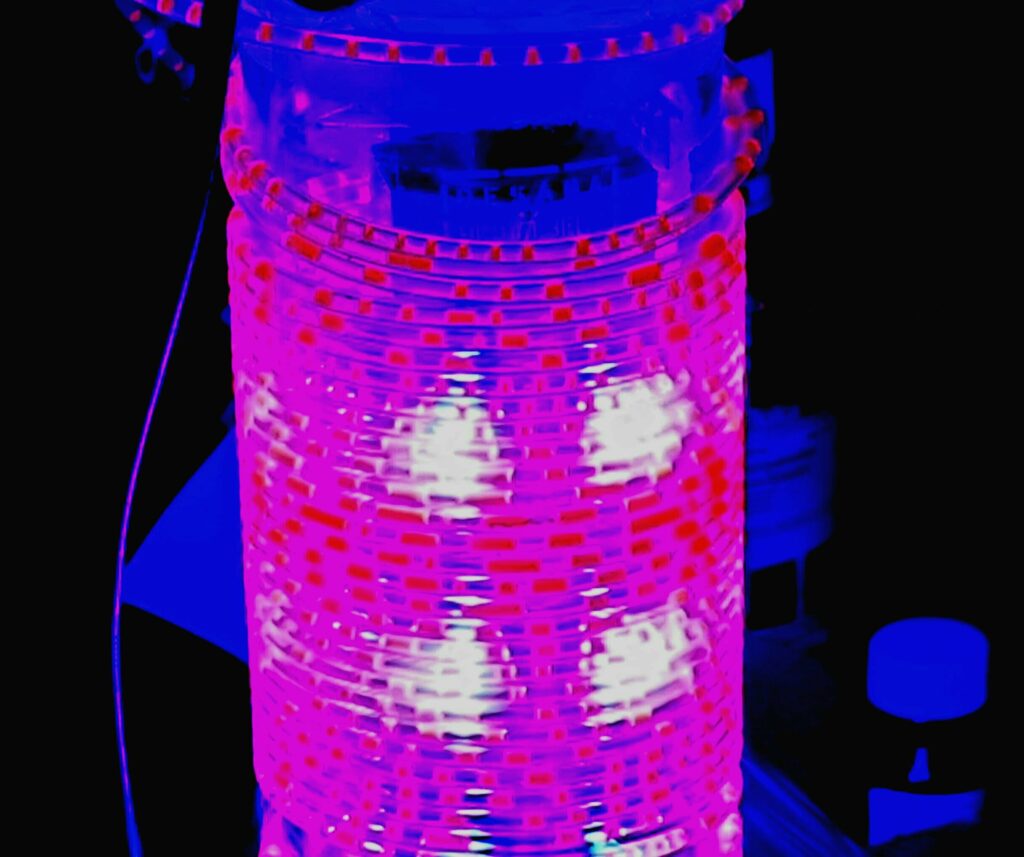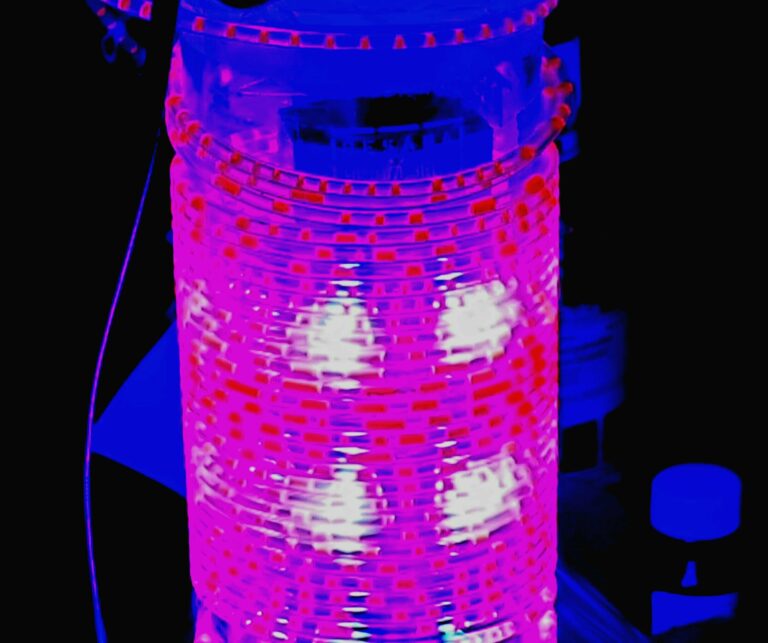Novel Synthesis Technique Utilizes Light Reaction on a Water Surface
Complex molecules required for medicines, crop protection products, and high-performance materials are typically prepared through synthetic chemistry by forming chemical bonds between atoms. This process often involves the use of organic solvents, metal catalysts, and reagents such as acids or alkalis. However, not all of these auxiliary materials and solvents can be recycled, resulting in waste.
A team of researchers led by Prof. Dr. Burkhard König from the Institute of Organic Chemistry at the University of Regensburg has now introduced a novel approach to synthesizing complex molecules. Instead of using traditional methods, they apply the molecules to a water surface, where they form a thin film. By irradiating the film with violet light, a reaction is triggered that links the molecules together.

This innovative methodology takes advantage of the film formation of water-insoluble organic molecules on the water surface, creating optimal conditions for activation by light. The versatility of this technology has been demonstrated through more than 160 examples, including the synthesis of drug precursors.
The use of light reactions on the water surface eliminates the need for organic solvents and other additives, making the production of chemical products more efficient and environmentally friendly. The findings of this research have been published in the prestigious journal Science.
Over the course of two years, the project team conducted numerous experiments to refine and validate their groundbreaking discovery. The successful transfer of the reaction to a flow reactor was a significant breakthrough, enabling continuous synthesis and the production of larger quantities of the desired product. Spectroscopic measurements provided valuable insights into the molecular mechanism of the reaction.
Moving forward, the team plans to apply this synthesis technology to other reactions, aiming to maximize its potential in the production of various chemical products.
This article is republished from PhysORG under a Creative Commons license. Read the original article.
Do not forget to share your opinion with us to provide you with the best posts !




0 Comments